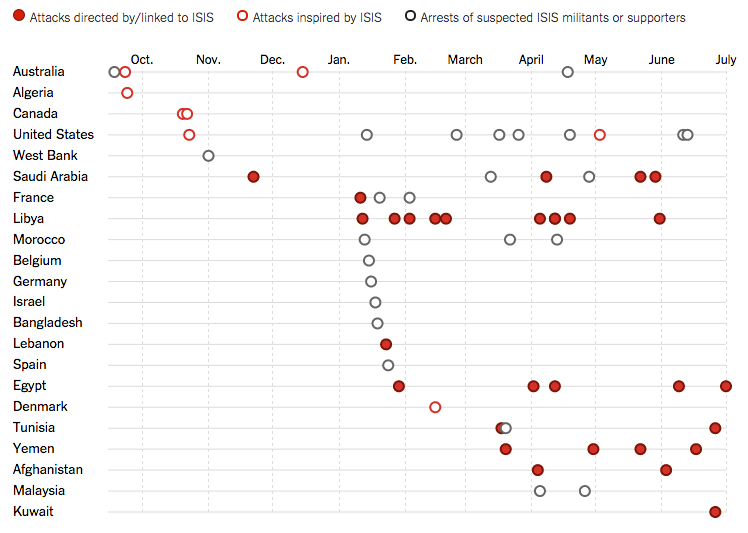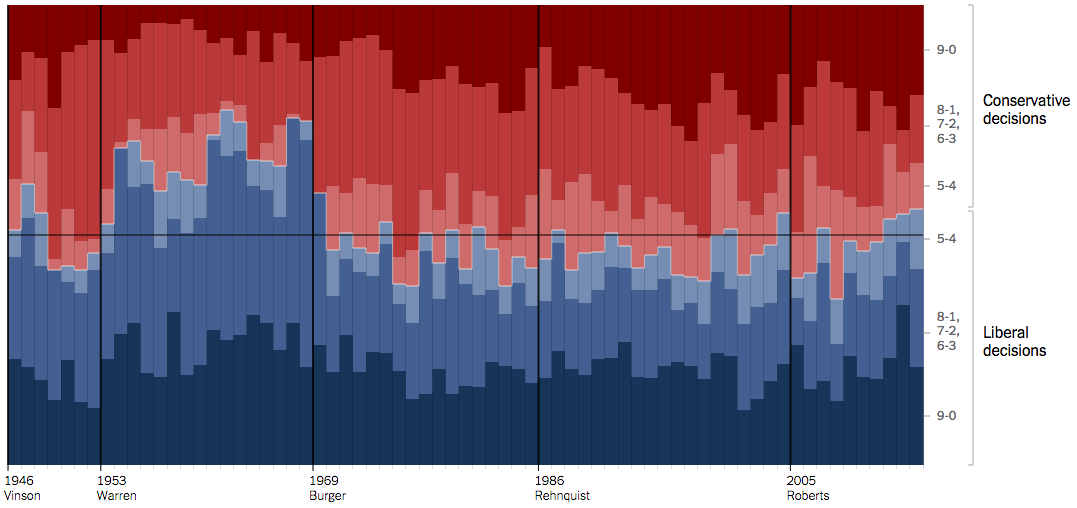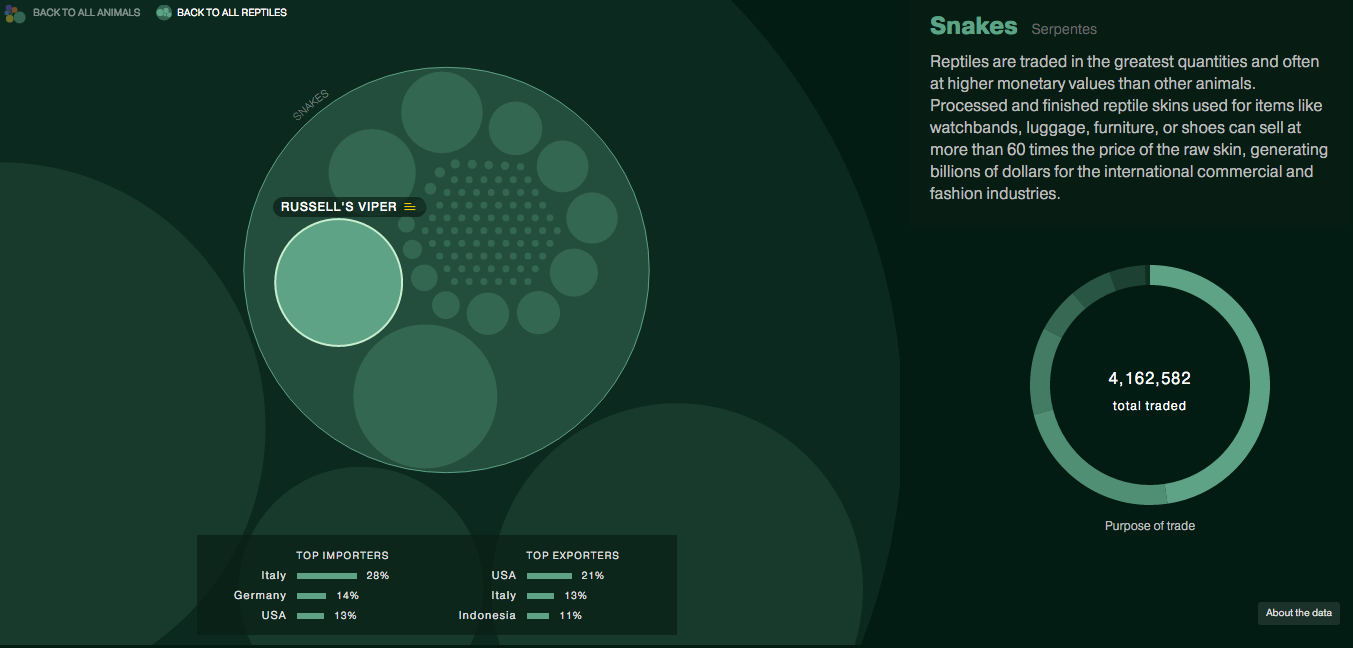ISIS is still a threat to the Middle East, evidenced by the US announcing yesterday that it is intensifying strikes against the quasi-state in both Syria and Iraq. But just where has ISIS spread? And are its attacks spreading? This New York Times piece looks at just those two questions. The first through an obvious map.

What the map does is show you where ISIS has attacked around the world over all time. So yes, it has global reach. But the map alone cannot show you if things are improving or getting worse. For that you need a visualisation type that can plot things over time. And as aforementioned, the piece includes that as well.

Unfortunately, it appears that yes, ISIS is attacking or at least attempting to attack more targets in more countries both within and without the Middle East and its declared provinces.
Credit for the piece goes to Karen Yourish, Derek Watkins, and Tom Giratikanon.










